ADDRESS AT THE CENTENARY CELEBRATIONS OF THE NATIONAL INSURANCE COMPANY LIMITED, KOLKATA
06-12-2006 : Kolkata
NIC: MISSIONS
"Economic development is powered by competitiveness.
The competitiveness is powered by knowledge?
I am delighted to participate in the Centenary Celebrations of the National Insurance Company (NIC). NIC has contributed to many aspects economic activity of the country through its risk cover products. I congratulate the NIC community both present and past who have built a robust institutional framework for risk coverage for Indian citizens during the last hundred years. I extend my greetings to the organizers, economists, societal transformers, policy holders, academicians, government functionaries and all NIC employees, particularly young executives, who will carry NIC into the next decade. I understand that NIC has settled over 65 lakh claims from its policy holders and has paid over Rs.20,000 crore during the last decade.
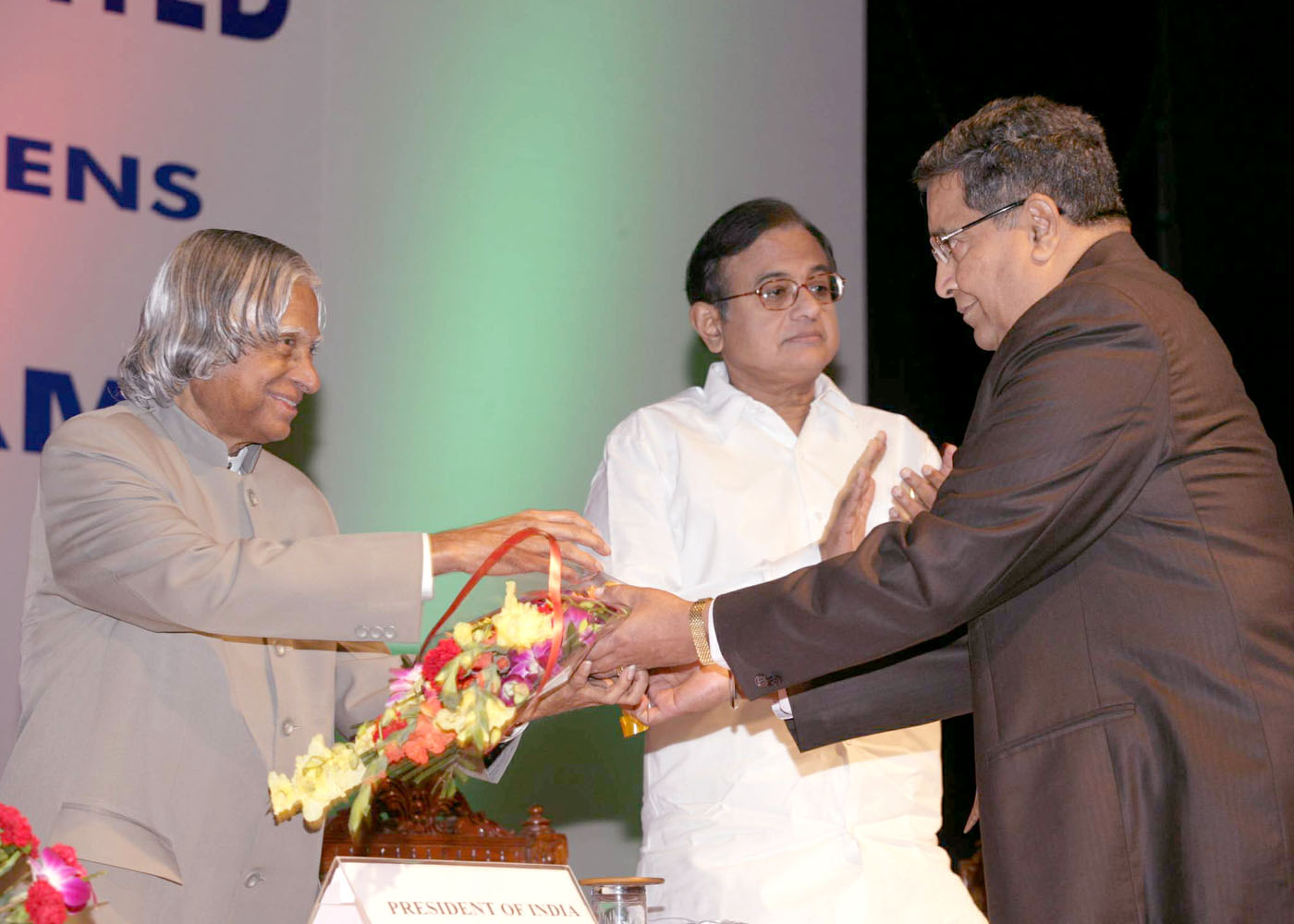
This shows the magnitude of operation and the service which has been rendered by NIC to the welfare of the Indian community. I have selected the topic for discussion "NIC Missions".
NIC has to do business in a competitive environment. A competitive environment has multi-dimensions. I have described it through the Law of Development which is indeed applicable to the insurance business.
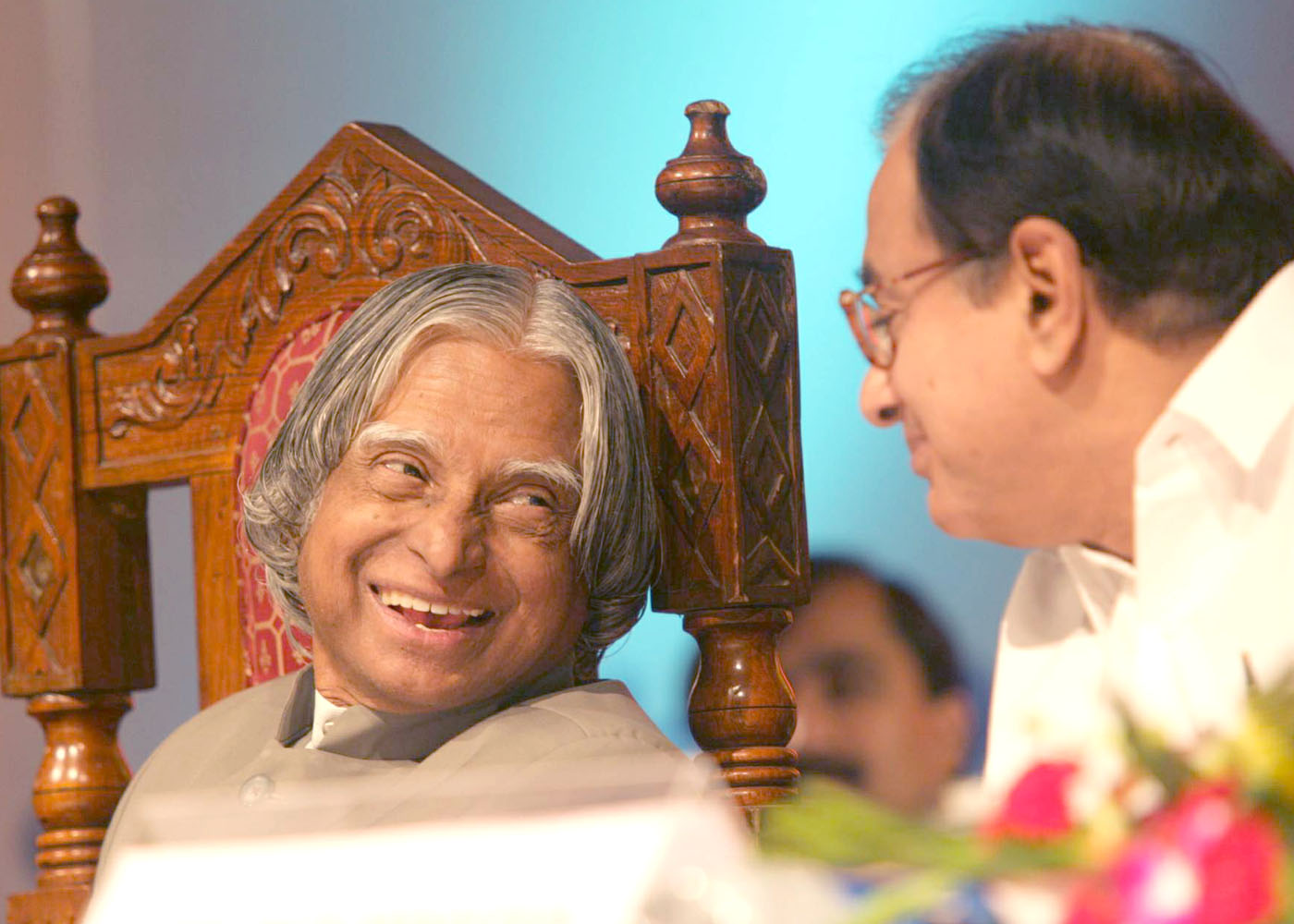

Law of development
I was studying development patterns and the dynamics of connectivity between nations, especially in trade and business. As you all know the world has few developed countries and many developing countries. What is the dynamics between them and what connects them? A developed country has to market its products in a competitive way to different countries to remain a developed country. On the other hand a developing country to get transformed into developed country; also has to market its products to other countries in a competitive way. Competitiveness is the common driving factor between the two types of nations. Competitiveness has three dimensions: - quality of the product, cost effectiveness and that the product is in the market just-in-time. Indeed this dynamics of competitiveness in marketing of products by developing and developed countries is the Law of Development. There is a relationship between core competence and the competitiveness of the country. Such a law applies to NIC as well. Competitiveness has to give strength within the country and expanding NIC?s services in foreign countries.
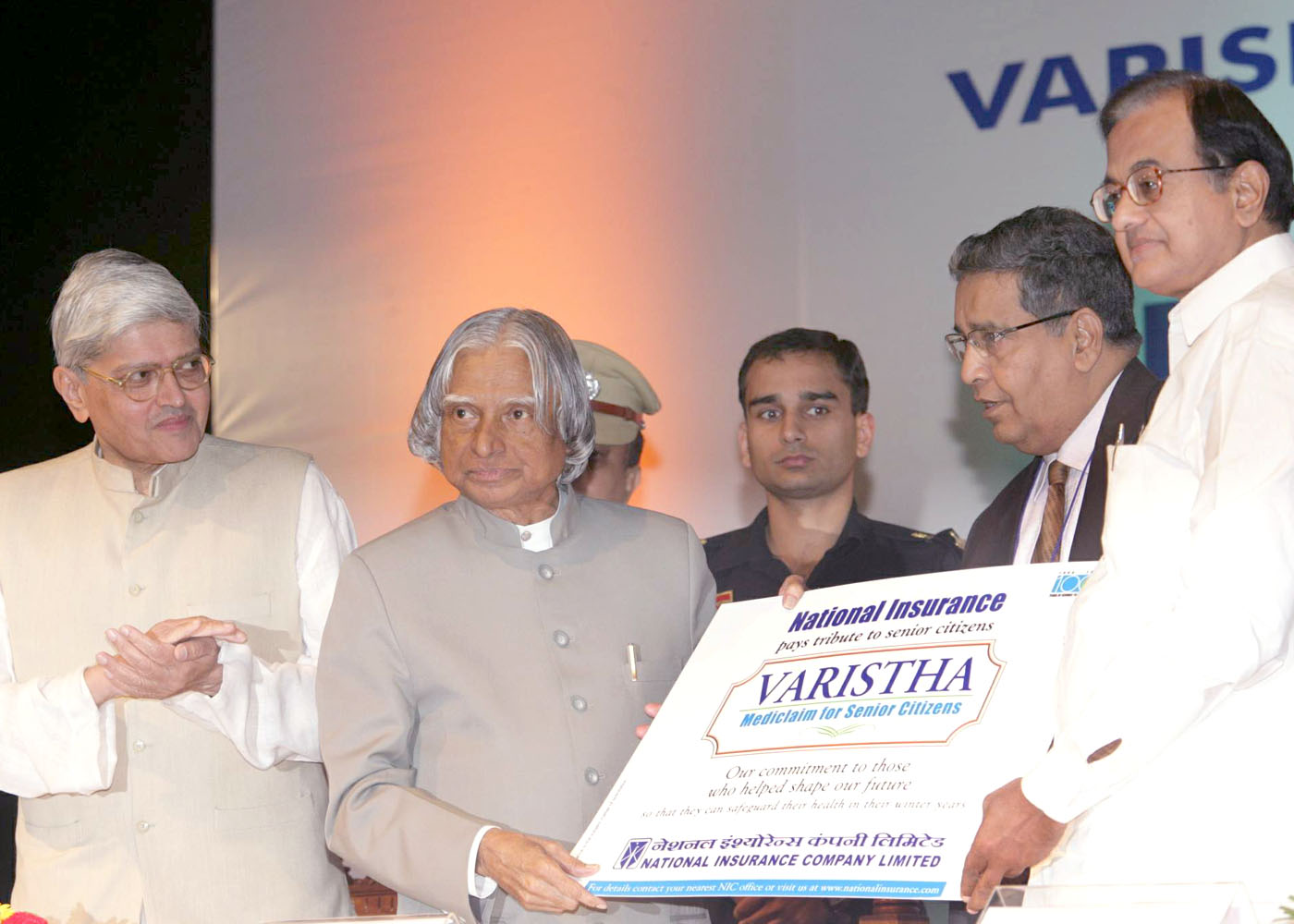

Economic development: Transforming India into a Developed Nation
We have a population of over one billion people of which 220 million are still living below the poverty line. They need education, they need habitat, they need healthcare and creation of employment potential. To meet their needs we have the second vision of transforming India into a developed nation by the year 2020. We have identified five areas where India has core competence for integrated action: - (1) Agriculture and food processing (2) Reliable and quality electric power and surface transport for all parts of the country. (3) Education and Healthcare (4) Information and Communication Technology (5) Self reliance in critical technologies. These five areas are closely inter-related and if implemented in a co-ordinated fashion will lead to food, and economic security and national security. A strong partnership among the R&D, academia, industry, banking, insurance and the community as a whole with Government departments will be essential to accomplish the vision of a developed India. Our GDP is growing at an average rate of 8 percent per annum whereas economists suggest that to remove the poverty of 220 million people, we have to grow at the rate of 10 percent per annum consistently for over a decade. One of the components through which the rural-urban divide will be bridged and prosperity will be brought to the seven hundred million people living in six hundred thousand villages is the programme fro Providing Urban amenities in Rural Areas (PURA).
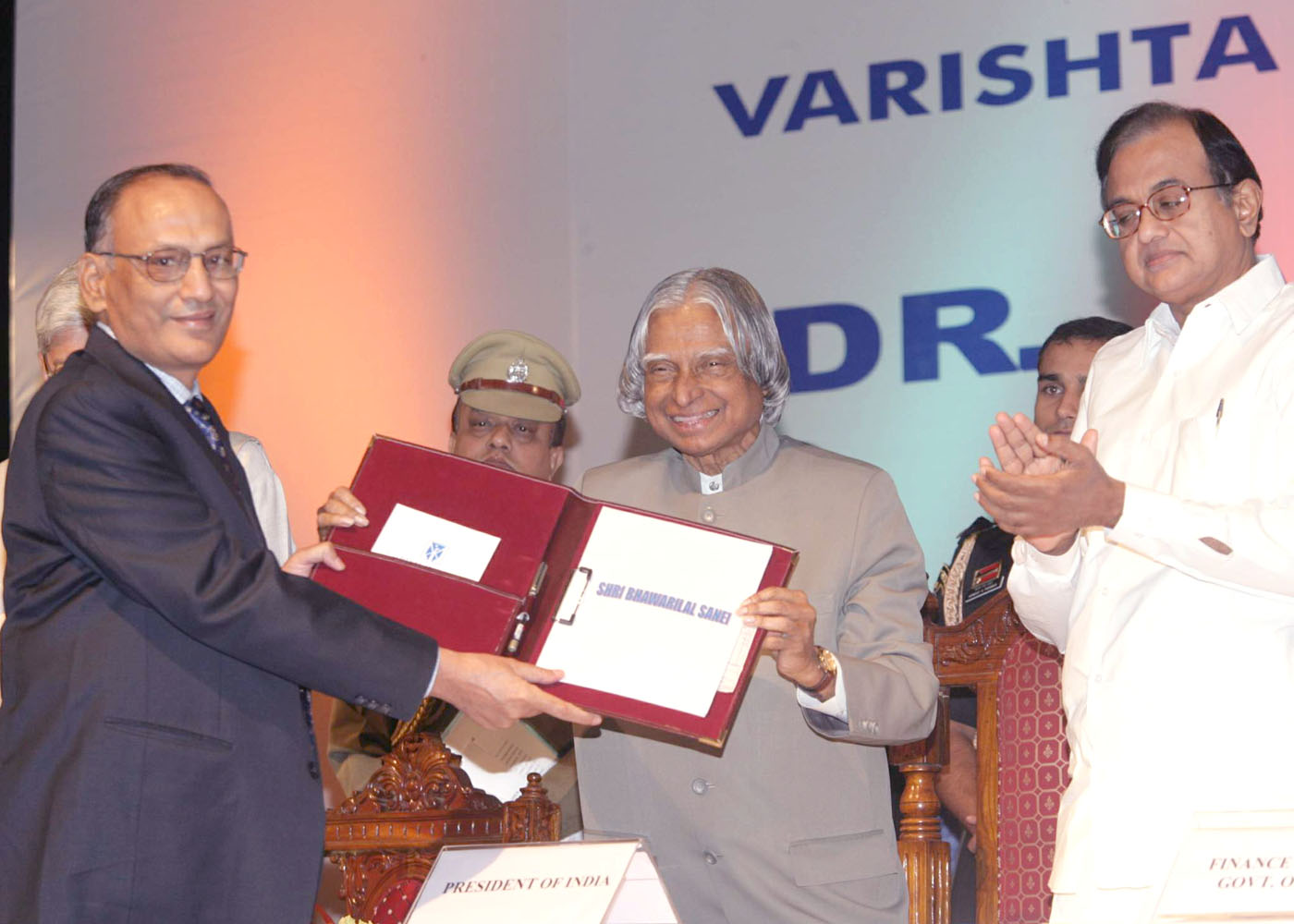

The Mission of PURA (Providing Urban amenities in Rural Areas)
The number of PURA units for the whole country is estimated to be 7000. This envisages integrated connectivities to bring prosperity to rural India. These are - physical connectivity of village clusters through quality roads and transport; electronic connectivity through tele-communication with high bandwidth fiber optic cables reaching rural areas from urban cities and through Internet kiosks; and knowledge connectivity through education, vocational training for farmers, artisans and craftsmen and entrepreneurship programmes. These three connectives will lead to economic connectivity through starting of enterprises with the help of banks, NIC, micro credits and marketing of products.
Each PURA cluster will connect about 20 to 30 villages depending upon the region and population and will cost about Rs.100 crore. There are three types of PURA?s: Plain terrain PURA, Costal PURA and Hill PURA. This is a viable and sustainable business proposition. After initial short-term employment during construction etc., we have to plan for initiating actions for providing regular employment and self employment opportunities in nationally competitive small enterprises in agro processing, manufacturing and services sectors for about 10 to 15 percent of the population of a village cluster. If industrial/business parks are marketed well, they can generate employment opportunities in support and services sector for about 30 percent of the eligible people. This will provide a sustainable economy for the rural sector. I would request NIC to participate in this national mission. This will lead to the removal of the urban-rural divide.
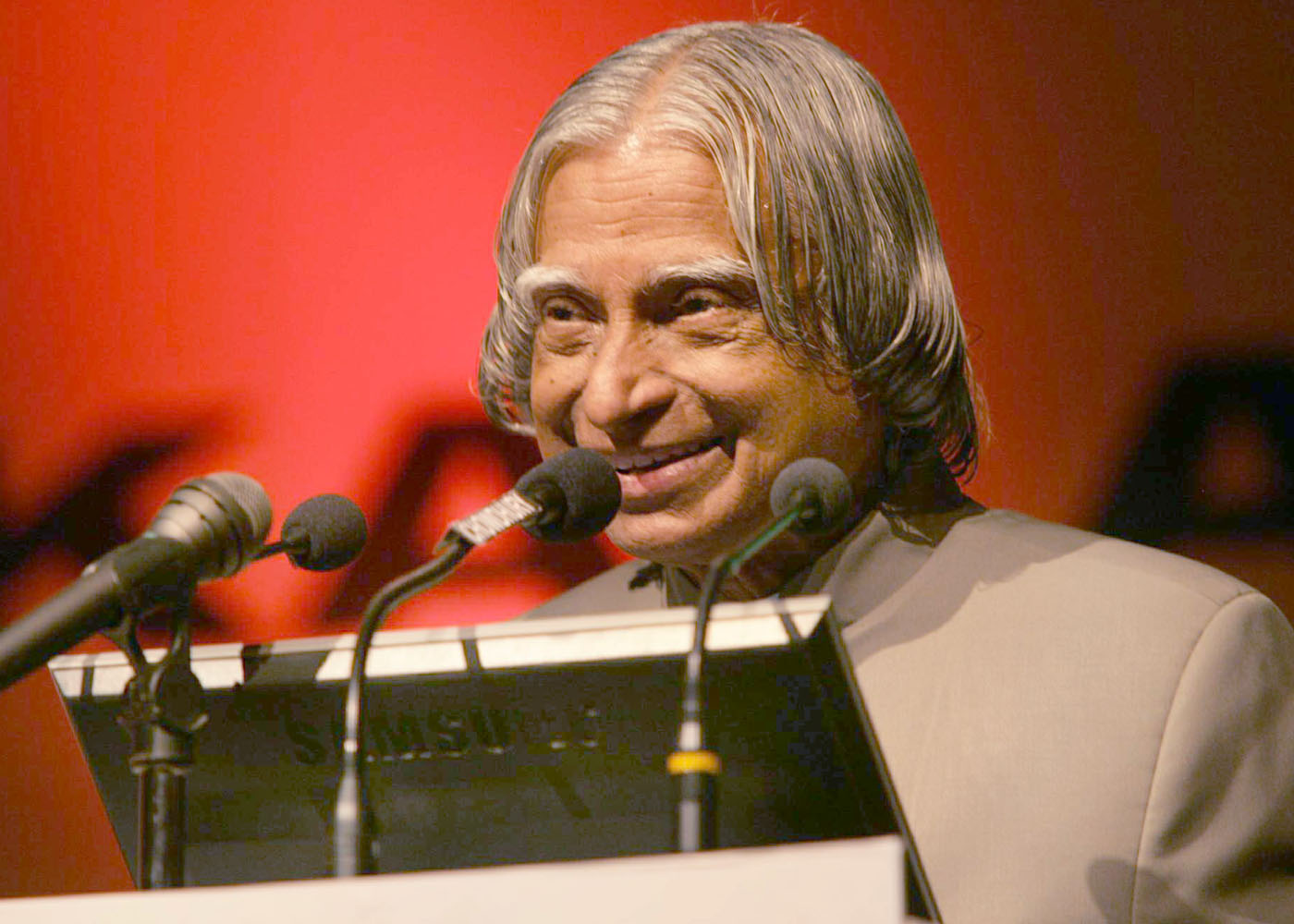

Mission of NIC
While NIC is celebrating its centenary celebrations, it is worthwhile to study its mission which is to ensure and enhance the quality of life of the people by providing financial security and also venturing into the field of economic development by making available resources for productive development and products and services useful and essential for society. This study should enable the provisioning of additional products and services to citizens taking the dynamics of development into account such as risk coverage for crops and handicrafts products in rural areas. In essence the renewed mission should enable fulfillment of expectations and aspirations of the people, particularly the economically and socially disadvantaged sections of society. This can be achieved by developing unique insurance products specifically directed towards rural India.
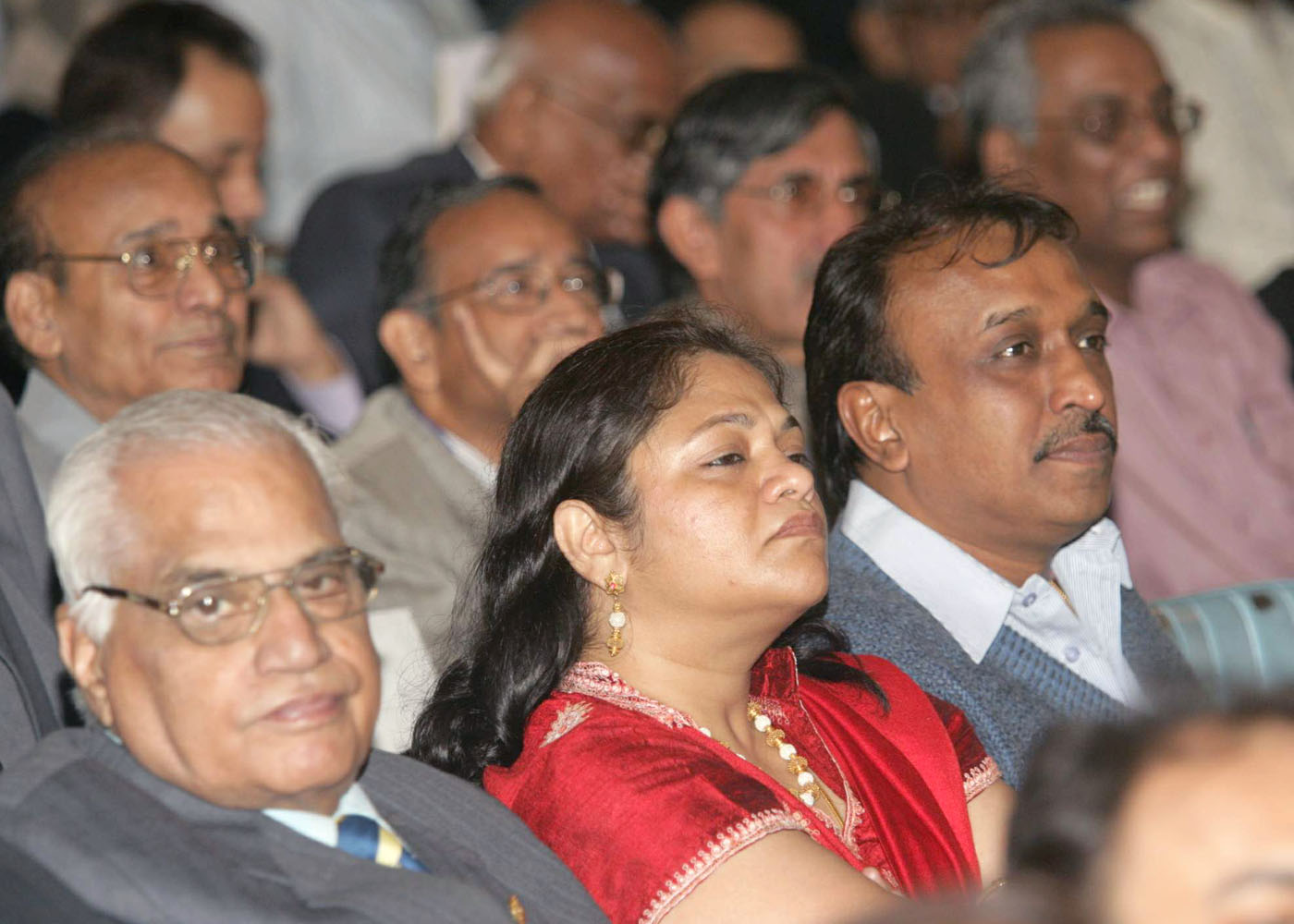

Growth in NIC business
I am happy that the operations of NIC are growing at a compounded rate of 5.5 percent per annum and it has 17 percent of the market share of the total general insurance business in the country. Also resources available to the company through its operations have been gainfully deployed for development of vital sectors of the nation?s economy such as housing, road and other infrastructure development. Particularly, I would suggest that NIC should become a partner of rural development programmes in providing physical and electronic connectivity to PURA complexes since they are already in the infrastructure development business.
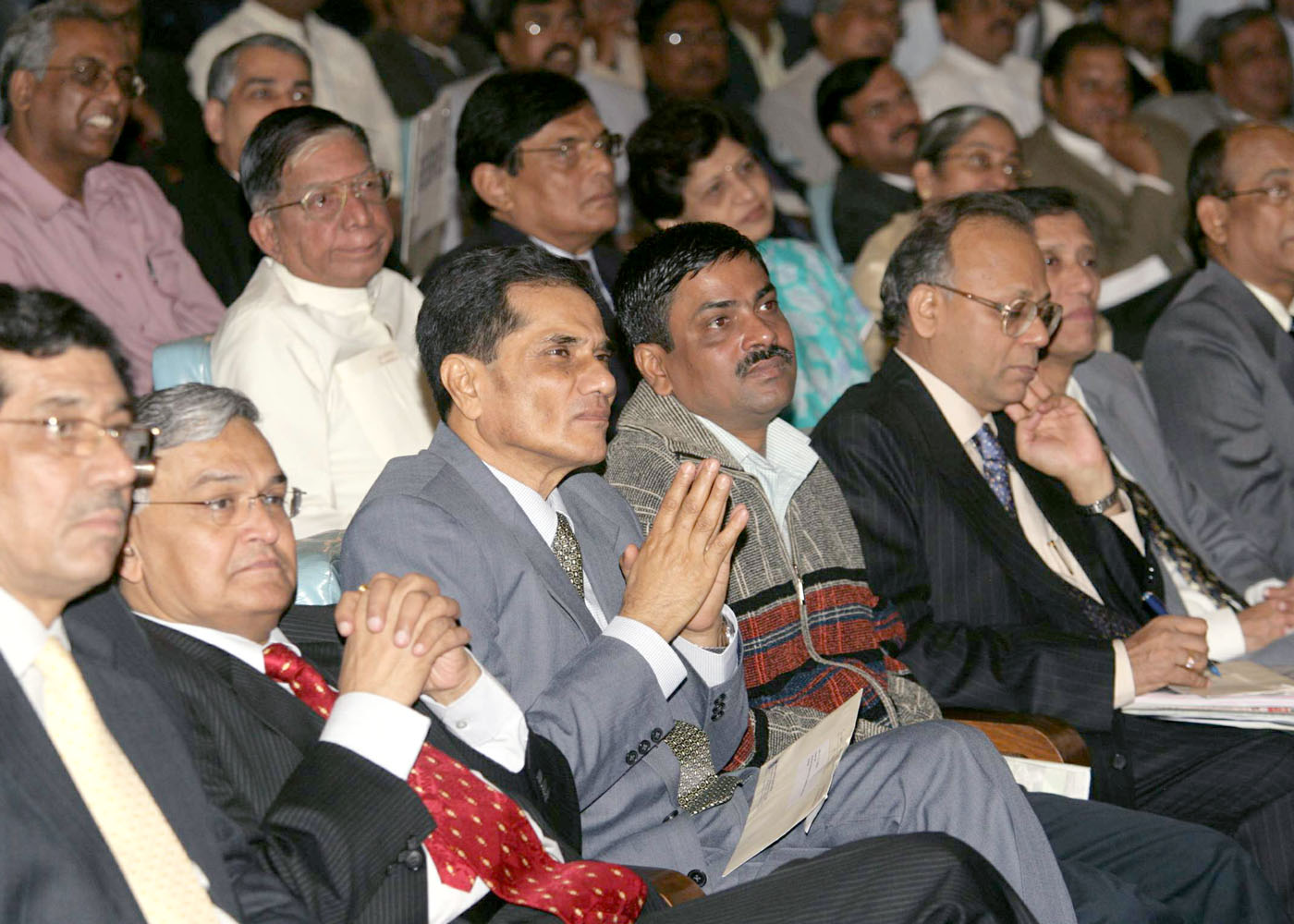

Injecting Positive Dynamism through Risk Coverage
Security in any facet of life is the primary prerequisite that impels an individual and society to push forward to get to the heights of social and economic prosperity. Feeling of insecurity would totally dampen any enthusiasm to move forward and would certainly act as a negative factor inhibiting growth, nipping initiatives in the bud. In such a scenario, the contribution being made by NIC to nullify such negativities and injecting a positive dynamism in the lives of millions of people in the country can hardly be over-emphasized. I am particularly happy also to note that the Corporation is continuously engaged in exploring more and more avenues for its meaningful operation. I wish NIC total success in these ventures.
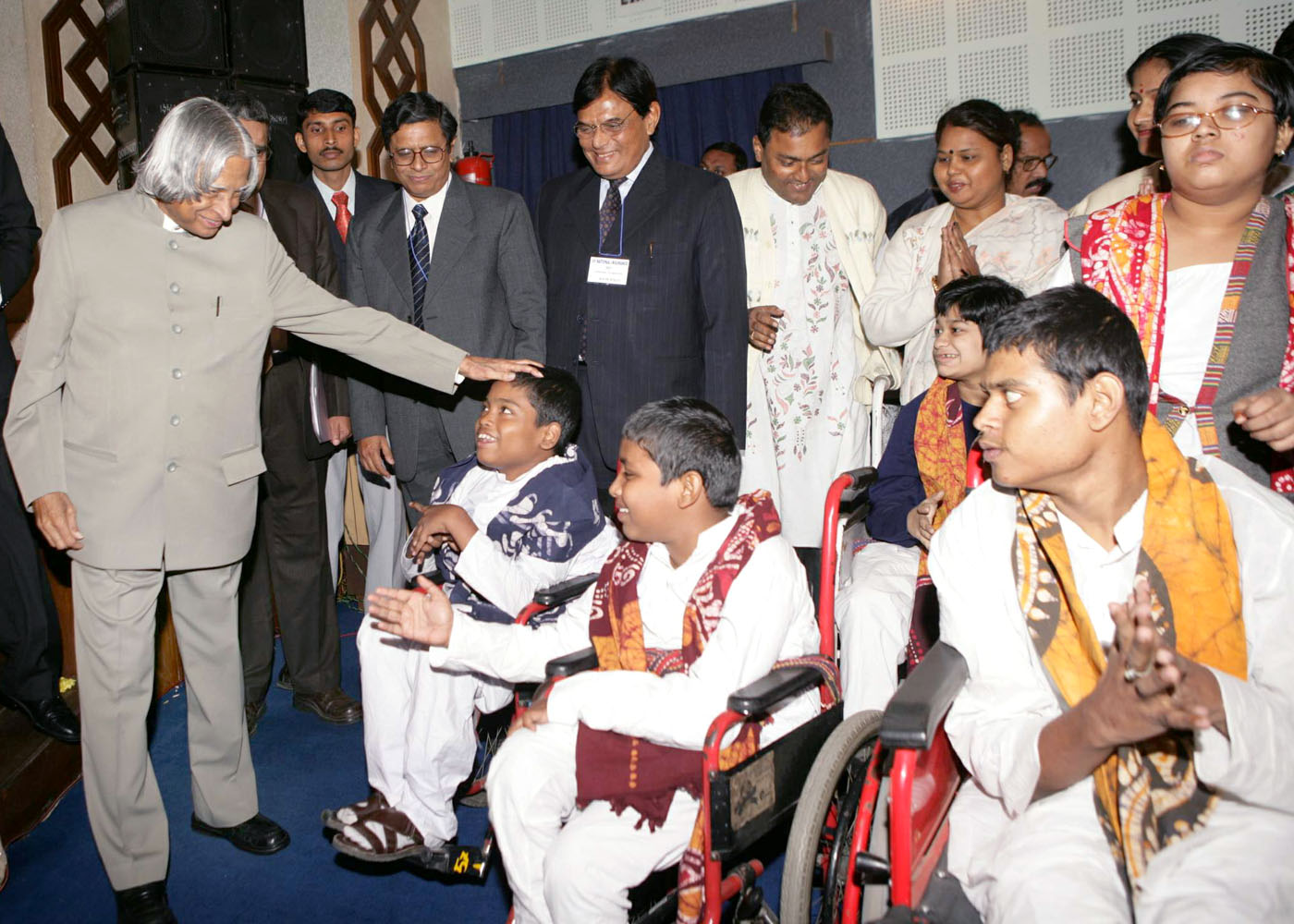

Promptness in Service
Let me discuss another aspect. It is good to provide security to individuals against uncertainties of life but the actual test of success consists in ensuring that deliverables as envisaged in policies are delivered to those entitled to receive them well in time and in adequate measure. Any delay in this would be totally counterproductive and in my view, tantamount to committing a sin. I am saying this not because I have received any complaint in this regard but as a note of caution so that we who owe it to society do our duty in time and true to the spirit of the mission enjoined on us so that the noble ideals set forth by us and for us are achieved meaningfully, in full and on time.
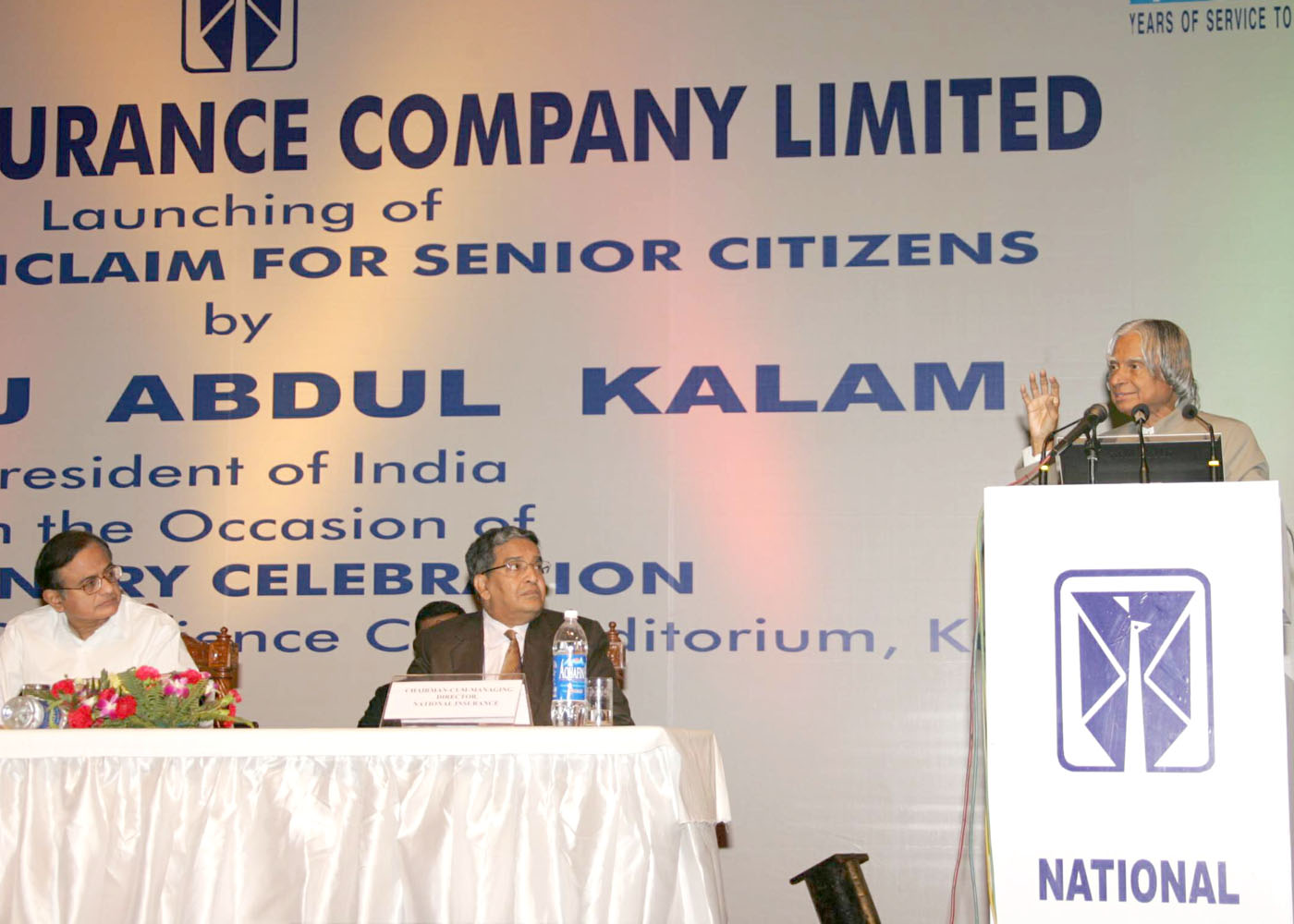

Micro Insurance
I understand that NIC is planning to provide a new micro insurance product which will provide life cover for death due to accidents, cover for destruction of house and its contents through theft, flood or natural calamity in partnership with other life insurance cover agencies. These products have to be simple and have easily understandable features and should be priced low enough to become affordable by the poor. Such a step will lead to protection against natural and manmade calamity risks encountered by common citizens. May the coming years see NIC blossoming out still further to afford many more socially productive projects and schemes for the welfare of the Indian people.
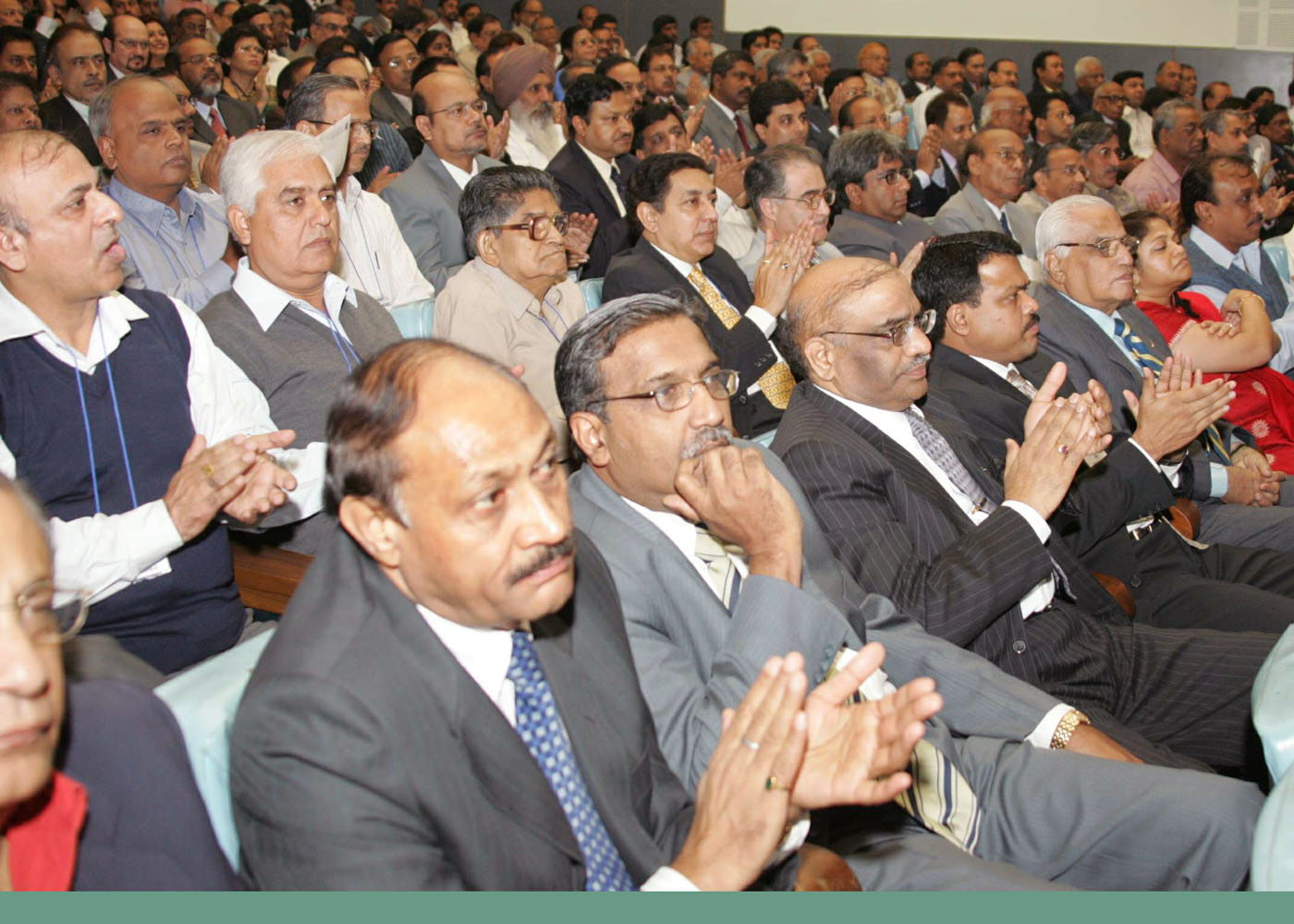

Missions for National Insurance Company Limited
I would suggest the following seven missions for the consideration of NIC for implementation:-
a. NIC may consider increasing total policy holders of the Corporation from the existing 12 million to 24 million within the next five years by large scale penetration into rural and unorganized sectors through innovative products,
b. as you are aware, technology is fast changing and we are working towards a near paperless system. It is time that NIC may like to consider provision of dematerialized policies in electronic form to policy holders. This will enable easy storage of policies by policy holders. There may be a need for change of certain provisions in the Insurance Act both at the centre and the state. I am sure, the Government may consider implementation of such changes for introducing dematerialized policies,
d. NIC has constantly been attempting to increase the number of people being brought under risk cover. Also, NIC has been funding a number of infrastructure projects. PURA (Providing Urban amenities in Rural Areas) indeed is an economically viable proposition. PURA has to be managed by financial institutions, small scale industries and state governments. I would suggest NIC to take the leadership in funding of 100 PURAs and providing management support in different states in partnership with bankers, small scale entrepreneurs, NGOs and respective state governments. Rural economic prosperity brought about by this scheme will enhance the number of policy holders in the chosen region,
e. NIC may consider increasing awareness about insurance products among rural people through the Village Knowledge Centres being established in each Panchayat,
f. NIC may consider funding of power plants run on municipal and other bio-waste in Tier-2 cities and Tier-3 towns. This will enable provision of clean green environment in the city or town and also release land that is occupied by waste,
g. NIC may consider working out an innovative health insurance cover particularly for the rural sector on the lines of Yeshasvini scheme of Narayana Hirudayalaya and BR Hills Insurance Model and install it in at least one cluster centered around tier-2 or tier-3 city having a population of two million in each of the 28 states in partnership with corporate hospitals of the region. This should become an economically viable, people friendly insurance proposition.

Conclusion
Friends, so far I have discussed the dynamics of insurance in relation to national development. In India we have two great resources - natural and human resources. Fortunately we have food security, certain industrial base and high-tech institutions. I believe what is needed today is proactive partnership of insurers for national development missions. Particularly, the General Insurance sector has to play an important role in the rural economy by providing innovative rural risk cover products for different types of crops, so that vagaries of agro-climatic conditions does not de-motivate farmers from this vital sector of the economy.
One of the very important ingredients for success of the vision of transforming India into a developed nation by 2020 is the evolution of creative leaders. Who is that creative leader? What are the qualities of a creative leader? Creative leadership is exercising the task to change the traditional role from commander to coach, manager to mentor, from director to delegator and from one who demands respect to one who facilitates self-respect. The higher the proportion of creative leaders in the insurance sector, the higher the potential of success of the vision of a developed India.
I once again greet all the members of the NIC community during their centenary celebrations. My best wishes to all the participants and I wish success in their mission of providing innovative hassle free financial security to its customers.
May God bless you.
<<Back
|